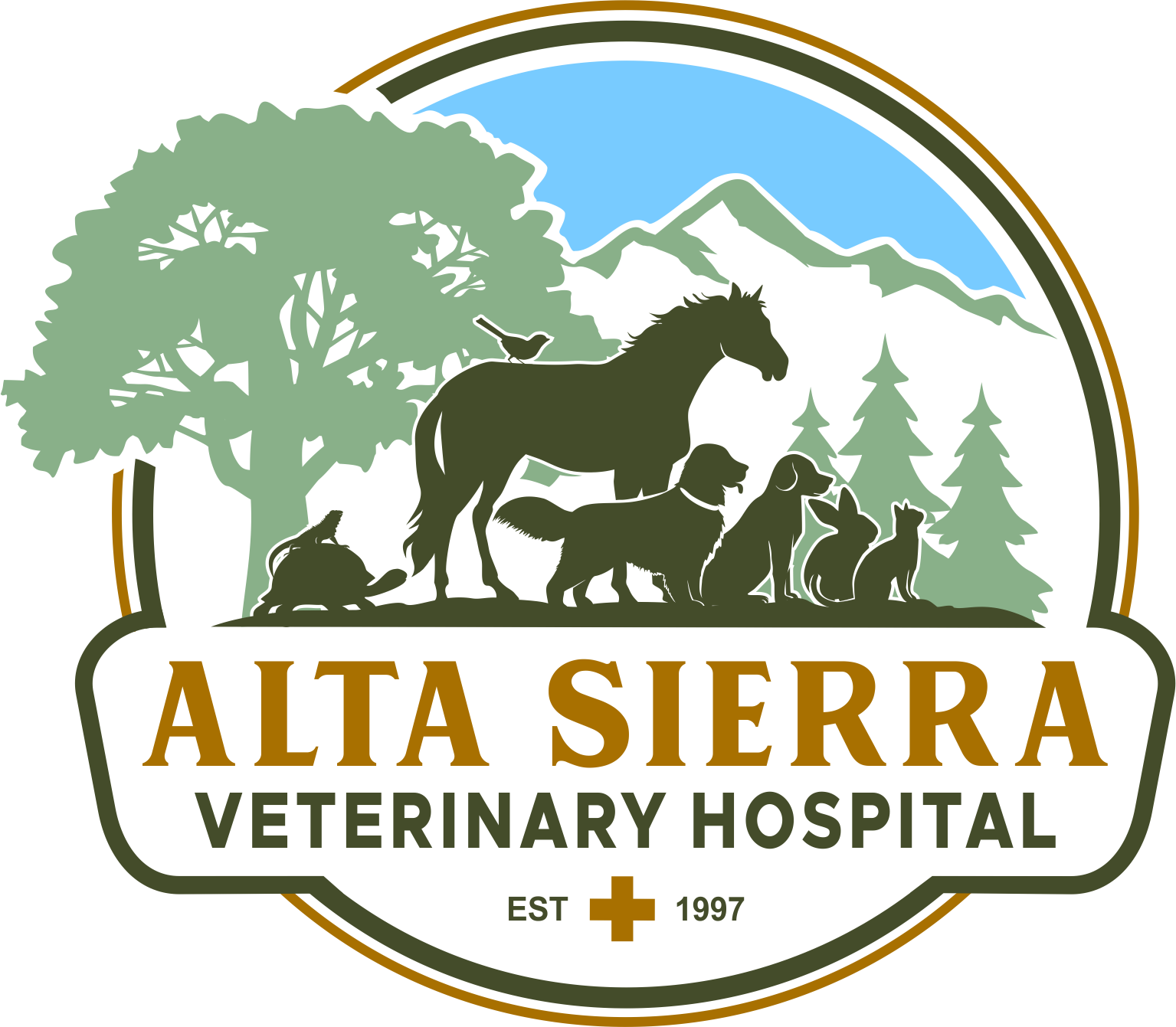Library
-
Nutritional changes can improve the management and treatment of pancreatic diseases in cats. Diet type and pancreatitis in cats may not be as crucial as in dogs. Diet factors for managing pancreatitis, exocrine pancreatic insufficiency, diabetes mellitus, and insulinoma are discussed. Recommendations for feeding diabetic cats and approaching hypoglycemia are also described.
-
Like dogs and people, cats are susceptible to age-related brain changes associated with Cognitive Dysfunction Syndrome (CDS). Behavioral changes such as excessive vocalization at night, having bathroom accidents, and increased anxiety are often associated with CDS, but a thorough examination must be completed to ensure that another medical reason is not the cause of the behavioral changes. Supportive care for the condition is discussed.
-
The clinical signs of heart failure are seen in many cats as they age. The two most common causes of CHF are chronic valvular disease and hypertrophic cardiomyopathy. Hypertension (high blood pressure) may contribute to heart disease and CHF. Secondary diseases, such as obesity, excessively high thyroid, or kidney disease may require dietary changes. Key nutritional goals are to maintain a stable body weight, deliver appropriate calories, and feed a balanced diet that the cat will regularly eat.
-
Nutrition is very important in managing cats with diabetes mellitus. Achieving a lean body condition is associated with better glucose control and an increased chance of remission. Other factors in dietary management of diabetes mellitus are discussed.
-
When the digestive tract is upset, vomiting and diarrhea may result. Since the causes of these symptoms are varied, it's best to consult a veterinarian. Often, a gastrointestinal (GI) diet is recommended to support the digestive tract and ensure the gut gets the nutrients it needs to recover. A bland diet of cooked chicken and rice might be recommended, but it has several limitations and is not appropriate for long-term feeding.
-
This handout discusses the risks and benefits of feeding commercially prepared fresh, whole-food diets, as well as home-prepared recipes for your cat or dog. Topics highlighted include food safety, nutritional imbalances, and the need to ensure that any diet has been well-researched for nutritional safety and completeness.
-
The optimal diet varies from species to species, and contains an ideal ratio of the major essential nutrients of proteins, fats and carbohydrates, as well as adequate levels of trace nutrients such as vitamins and minerals. While a recipe for a home-cooked diet may appear to come from a knowledgeable source, ideas about what constitutes the ideal diet for dogs and cats is currently evolving. Your veterinarian can help ensure that your pet's diet is appropriate and healthy.
-
By-products are ingredients commonly found in commercial pet foods and are considered highly desirable by many human cultures. However, there is ambiguity surrounding this term and misperceptions related to overall nutritional value. This article reviews the formal definition of by-products in the pet food industry and highlights the nutritional and environmental benefits they provide.
-
Corn and grain have been included in commercial pet foods for many years. Recently, however, these ingredients have been portrayed in the media as "fillers" that provide little nutritional value to pet foods. Conversely, corn and grain provide a wide range of essential nutrients that support the health of both dogs and cats. This article explores this topic with reference to specific nutritional benefits.
-
Nystatin combinations (brand names Panalog®, Cortalone®, Animax®, Derma-vet®, Quadritop®, Dermalog®, Dermalone®, EnteDerm®, Resortin®) are applied topically to the skin and are used on and off label to treat skin lesions in cats, dogs, and other mammals.

